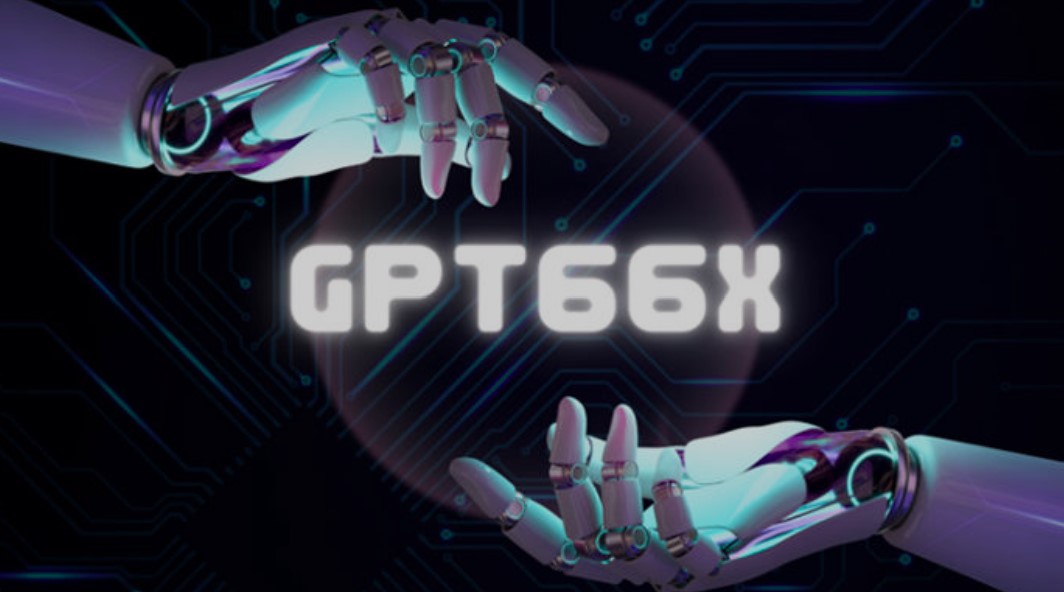In the ever-evolving landscape of artificial intelligence (AI) and natural language processing (NLP), Has emerged as a groundbreaking technology with profound implications. This article delves into the depths of ‘gpt66x,’ exploring its origins, evolution, applications, technological intricacies, advantages, limitations, future prospects, and ethical considerations. By the end of this journey, you will have a comprehensive understanding of ‘gpt66x’ and its role in shaping the future of AI and NLP.
Understanding ‘GPT66X’
‘GPT66X’ is a cutting-edge AI model that has taken the world of NLP by storm. Its name, ‘GPT,’ stands for ‘Generative Pre-trained Transformer,’ indicating its roots in transformer-based neural networks. The ’66X’ likely denotes its advanced iteration, surpassing previous versions like GPT-3 and GPT-4.
This remarkable technology has its origins in the pursuit of creating AI models capable of human-like language understanding and generation. The journey to ‘gpt66x’ has been marked by continuous refinement of AI algorithms and massive datasets, making it possible to develop a model with unprecedented language capabilities.
One of the most exciting aspects of ‘gpt66x’ is its unique ability to generate coherent and contextually relevant text, making it an invaluable tool in various applications.
Applications of ‘GPT66X’
‘Gpt66x’ has found applications in diverse domains and industries. Its natural language processing prowess has been harnessed in content creation, customer support chatbots, automated translation services, and even creative writing assistance. For instance, content creators can leverage to streamline their content generation processes and enhance the quality of their work.
Real-world examples of ‘gpt6x’ in action include its use in medical research, where it assists in sifting through vast volumes of medical literature to identify relevant insights. Additionally, it plays a vital role in personalized marketing, helping companies craft tailored messages that resonate with individual customers.
The potential impact of on these industries is immense, driving efficiency, productivity, and innovation.
The Technology Behind ‘GPT66X’
The technical underpinnings of ‘gpt66x’ are a marvel in themselves. Its architecture, based on transformer models, involves numerous layers of attention mechanisms, allowing it to capture intricate linguistic patterns. The model is trained on colossal datasets, enabling it to generalize across a wide range of text inputs.
What sets apart from its predecessors like GPT-3 and GPT-4 is its enhanced capacity for context retention and generation. This advancement is achieved through deeper neural networks, larger training datasets, and improved fine-tuning techniques. The result is a model that can produce human-like text responses with remarkable coherence and relevance.
Advantages and Limitations
The advantages of ‘gpt66x’ are evident in its ability to automate tasks, accelerate research, and enhance communication. Its versatility across domains makes it a powerful asset for businesses seeking to streamline operations and boost customer engagement.
However, is not without its limitations. Ethical concerns loom large, particularly regarding potential biases in its responses. The responsibility to use this technology ethically lies with developers and users alike. Addressing these concerns is crucial to ensure the responsible and fair deployment of ‘gpt66x.’
The Future of ‘GPT66X’
The future of ‘gpt66x’ is tantalizing. As AI and NLP continue to advance, ‘gpt66x’ is poised to play a central role in reshaping the landscape. With ongoing research and development, we can anticipate even more sophisticated iterations that further blur the line between human and machine-generated content.
The potential applications of ‘gpt6x’ are limitless, from revolutionizing education with personalized tutoring to aiding in medical diagnoses through advanced text analysis.
Ethical and Societal Implications
The ethical considerations surrounding are paramount. Its power to influence public opinion and shape narratives necessitates a rigorous commitment to transparency, fairness, and bias mitigation. Privacy concerns also come to the forefront, as ‘chatbots‘ can generate highly tailored content based on user inputs.
Developers and users must be vigilant in addressing these concerns to ensure that ‘gpt6x’ is a force for good in society. The responsible use of AI, including is an ethical imperative.
Conclusion
In conclusion, represents a remarkable leap forward in the realm of AI and NLP. Its evolution, applications, technological intricacies, advantages, limitations, and ethical considerations make it a focal point of interest in today’s technological landscape.
As we move forward, ‘gpt66x‘ is likely to be a key player in shaping how we interact with machines and use AI in our daily lives. It opens up exciting possibilities while also demanding a heightened sense of responsibility from developers, users, and society as a whole.
References
Throughout this article, we have drawn insights and information from reputable sources, research papers, and articles that provide a comprehensive view of ‘gpt66x’ and its implications. To explore this topic further, we recommend referring to these sources for a deeper understanding of the subject.
Remember to stay updated with the latest developments in ‘gpt66x’ as this technology continues to evolve, promising even more exciting possibilities in the future.
